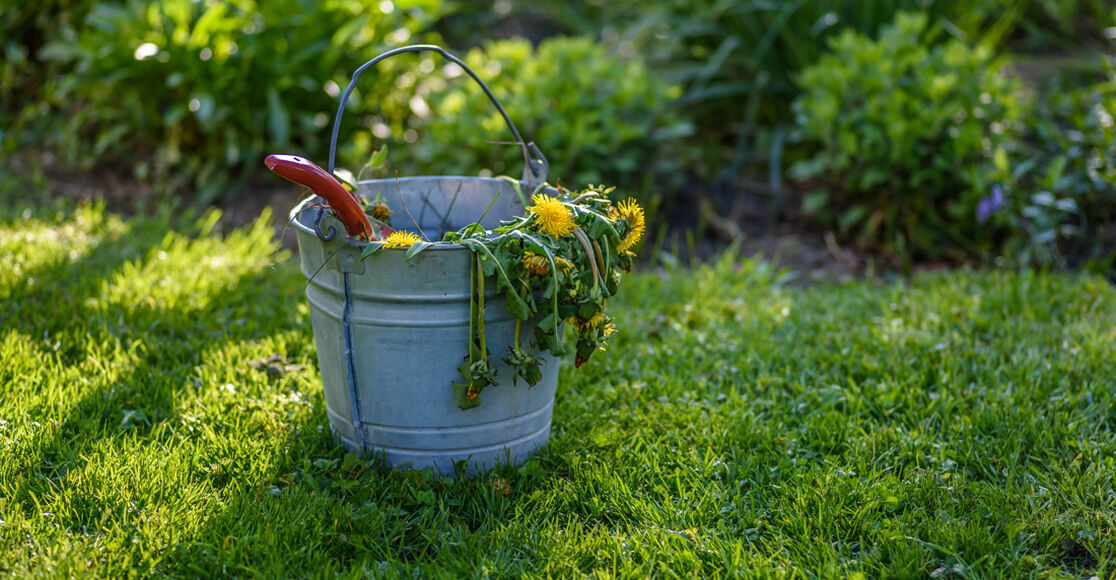Gardeners seem to instinctively know that working in the soil, planting flowers and vegetables, and watching them grow can be a therapeutic experience. Gardening not only gets you outdoors and keeps you busy, but it also gives you something to look forward to. And you may be able to maximize the stress-relieving benefits of gardening by incorporating fragrant and colorful plants in your work. Aromatic plants may deliver the mood-lifting benefits of aromatherapy, while bright and vibrant options can offer visual appeal and aesthetic impact. With that in mind, here are a few easy DIY gardening project ideas that may help to relieve stress this spring:
Create a container garden.
If the idea of planning and planting a traditional garden is overwhelming, start small by creating your own container garden using colorful and fragrant plants and flowers. Fill planters with flowering plants, herbs, vegetables or other foliage according to the amount of sunlight they’ll receive and how much water they prefer.
Consider planting scented geraniums in pots located in shadier areas. These are available in a variety of fragrances and prefer indirect sunlight. Meanwhile, colorful and upright clove-scented stocks (Matthiola incana) are perfect to include in containers placed in full sun to partial shade. Other visually impressive container options include coleus, lamium and lobelia.
If you want to grow a combination of fragrant herbs together in a container, match them up according to their complementary needs for space, sun and water. Rosemary, thyme and sage are three fragrant herbs that enjoy sun and do well together. Basil, tarragon, cilantro and parsley also combine well and have similar moisture requirements. Mint is a great shade-loving choice that grows well in containers but should not be combined with other herbs. Lavender is another fragrant option that offers beautiful purple flowers year-round and can be grown in smaller pots.
Make a compost pile.
Use certain types of food waste and vegetable peelings to make a rich compost to fertilize your plants. Ideal ingredients are peels from fruits and vegetables, eggshells, coffee grounds and grass clippings. Choose a shady space near water and about 3 feet square for your compost pile. Be sure to maintain the proper carbon to nitrogen ratio, which is about 30:1. To do this, include both brown and green waste in your pile. Brown waste can come from dead leaves, twigs or dryer lint, while green waste includes grass clippings, coffee grounds and produce peels. Do not use meat or fish scraps, grease, or dairy products in the pile. Check out the U.S. Environmental Protection Agency’s How to Compost resource page for complete composting instructions.
Design and plant an annuals garden.
Add visual interest and beauty to your yard with an annuals garden, containing fragrant and colorful varieties carefully selected for the season, location and your desired color scheme. Choose seasonal plants in your area to ensure they will grow well and thrive. You also want to select plants based on their size and height when full grown.
Fragrant and colorful options include the deep purple and vanilla-scented “Fragrant Delight” heliotrope (Heliotropium aborescens), petunias and sweet alyssum (Lobularia maritima).
Arrange the plants on the bed before planting to ensure proper spacing, locating the taller plants behind shorter ones so as not to obscure flowers once established. Be sure to give each plant the room it will need to thrive. Before planting, loosen soil with a small garden fork, then use a small shovel to create a hole for each plant. Slip the plant into the space and firm the soil, adding fresh topsoil around the plant if necessary. Water thoroughly after planting, and cover with a layer of mulch to keep weeds at bay.


